When a laser collar tames the arc
Fraunhofer ILT engineers have developed a new optical system with glass substrates and an arc torch which unites gas metal arc (GMA) welding and laser material deposition with an annular beam, thus creating a completely new process.
The new process combines the best of both worlds: two different additive processes with wire-shaped filler material. We are talking about wire arc additive manufacturing (WAAM) and wire laser material deposition (WLMD). Both processes have system-related advantages and disadvantages: Compared to WAAM, WLMD is costly, has low deposition rates, but is characterized by low heat input and precise layer buildup exactly at the desired location. For this reason, it is particularly in demand in the aerospace industry. If a higher application rate is required, WAAM is the better choice, whereby the achievable surfaces are wavier and the layer buildup is significantly coarser.
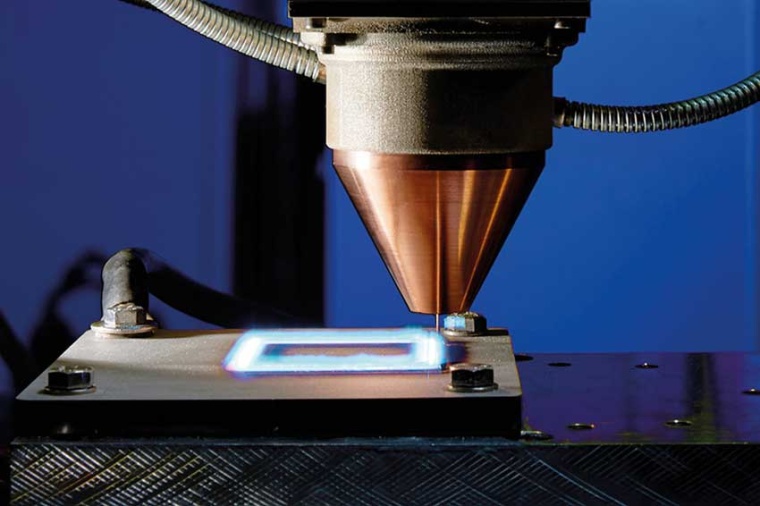
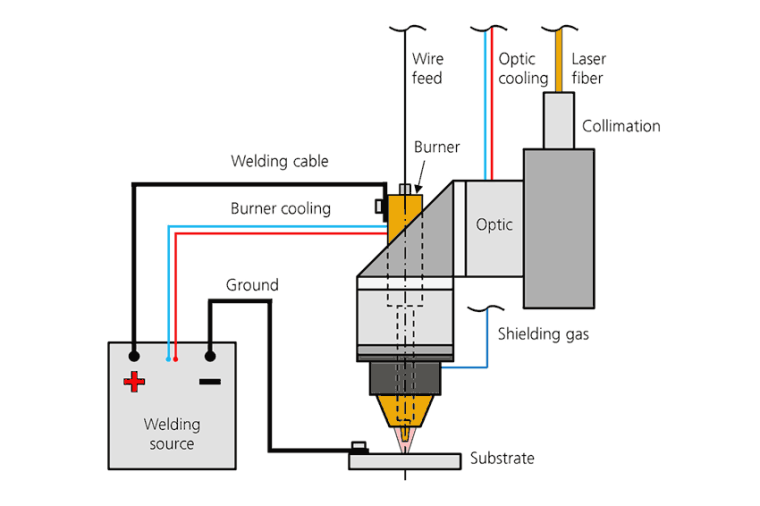
In joining, the combination of laser beam welding and gas metal arc welding is established under the name LB-GMA hybrid welding. However, this lateral process is direction dependent and only suitable to a limited extent for joining three-dimensional seams.
When the processes are combined coaxially, the deposition rate can be increased by up to 150 percent, so that the new direction-independent 3D printing process can also be used for large components. “Because the surface waviness decreases, the amount of post-processing required is significantly reduced compared to the WAAM process,” explains Max Fabian Steiner, a research associate at Fraunhofer ILT.
In the hybrid process, the arc between the end of the wire and the substrate is enclosed by the annular laser radiation, as if by a collar. The idea behind this combination is that the arc cannot break out of this collar and is forcibly guided. The new process owes its name, COLLAR Hybrid, to this “forced guidance,” whereby the acronym COLLAR refers to the common coaxial laser arc of the two processes.
While Fraunhofer ILT is using the new system technology to further develop metallic 3D printing with annular-shaped laser beam and arc technology, the RWTH Aachen University Institute for Welding and Joining (ISF) is using it to develop direction-independent hybrid welding with ring focus and coaxial wire feeding. Both use cases are part of the DVS research project KoaxHybrid.
Interested parties can find out how the COLLAR Hybrid process can be used to increase the welding speed and the deposition rate in metallic 3D printing at a specialist congress organized by DVS – Deutscher Verband für Schweißen und verwandte Verfahren (German Welding Society), currently underway in Koblenz, and on October 26 and 27, 2022, at the DVS conference #additivefertigung: Metal in bestForm in Essen.
Company
Fraunhofer Institute for Laser Technology ILTSteinbachstr. 15
52074 Aachen
Germany
most read
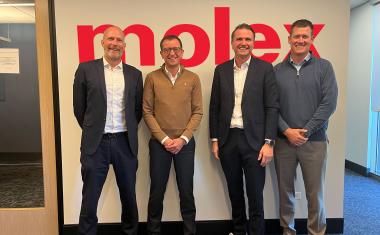
HMS Networks takes over Industrial Communications division from Molex
This strategic acquisition includes intellectual property in hardware and software, a product portfolio with network cards and software stacks, as well as customer relationships in the USA and Japan.
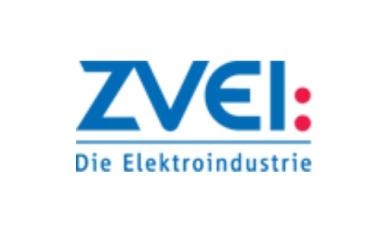
Electrical and digital industry calls for strategy for Europe's digital sovereignty
The French and German electrical and digital industry associations, FIEEC and ZVEI, are calling for a proactive strategy for Europe's digital sovereignty.

Change in management at Stemmer Imaging: Arne Dehn steps down
New interim CEO Paul Scholten takes over management

Softbank acquires ABB's robotics business
The Softbank Group has reached a definitive agreement to acquire ABB's robotics business.
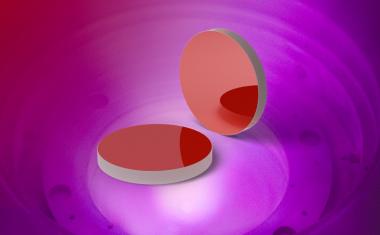
Laser Components: customized laser optics since 1986
Laser Components began coating individual laser optics almost 40 years ago. These are used in laser processes in numerous industries, including medicine, defense and aerospace.






